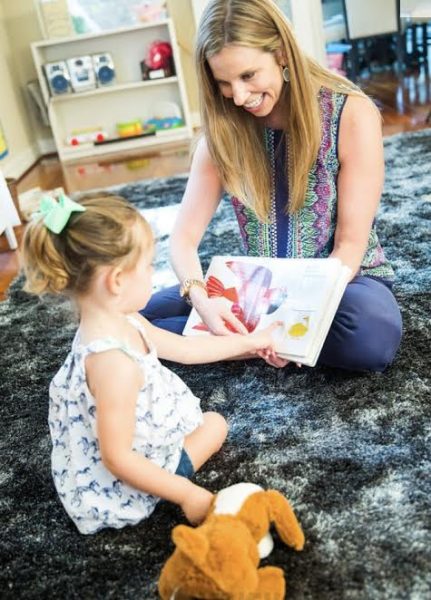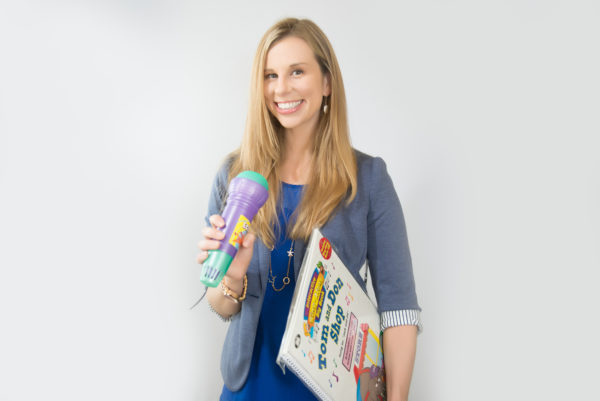
Why is pointing so important?
Between 9 and 12 months, something amazing happens! Your baby is finally able to “tell” you about the thoughts, feelings, and ideas they are having.
These ideas come via a very powerful communication “tool” …a point! Prior to this new and exciting development, figuring out what a baby wants can be more like a “guessing a game.” A six-month-old relies primarily on using body language and vocalizations such as crying to communicate. By around 11-12 months, your baby is able to intentionally communicate with you exactly what they want. Pointing is accompanied by other hallmarks of “intentional communication” such as vocalizing while pointing, making eye contact, and changing the approach when the other person is not understanding.
Around the time the point develops, your baby is understanding cause and effect. In one experiment, babies around six months of age could only whine and cry to indicate they wanted to see a toy that had been taken away. As the children approached 8-9 months, they touched the adult without looking at their face. This is the beginning of understanding the adult can make something happen. Around 11 months, the babies looked right into the adult’s eyes and put their hand exactly where they wanted it, indicating they understood they could impact someone else’s behavior.
Being able to use and follow a point are huge leaps in early language development. Once a child is using a point, they are able to comment on their environment. When they learn to follow a point, they can learn about many specific things in the environment.
Why is pointing so important? Researchers have found a correlation between when children point and when they talk. Pointing is also accompanied by the ability to follow someone’s eye gaze. When children can follow where someone is looking, they learn the words associated with that object. Therefore, pointing is an important part of language and vocabulary learning. Children with developmental delays or social communication delays such as autism may not develop pointing in the expected time frame. If you have concerns about your child’s communication such as their development of pointing, consult with a Speech-Language Pathologist. Learning language is an amazing process. Celebrate all the “baby steps” your child is making along the way and remember to appreciate the power of the point!
References:
Harding, C. G. “Acting with Intention: A Framework for Examining the Development of Intention.” In The Origins of Growth and Communication, edited by L. Feagans, R. M. Golinkoff, and C. Garvey, 123-135. New York: Ablex, 1982

Brooke a Pediatric Speech Pathologist is the owner of The Speech Dynamic PLLC , where she provides play based and family centered speech and feeding therapy. in the area, She is the co-creator of “Wiggle time,” an interdisciplinary curriculum for pediatric therapy. She has presented at The North Carolina Exceptional Children’s Conference regarding embedding language into routines. She has also shared her expertise on a panel for The University of North Carolina at Chapel Hill. Brooke has a passion for helping families understand the importance of play for speech & language development.






